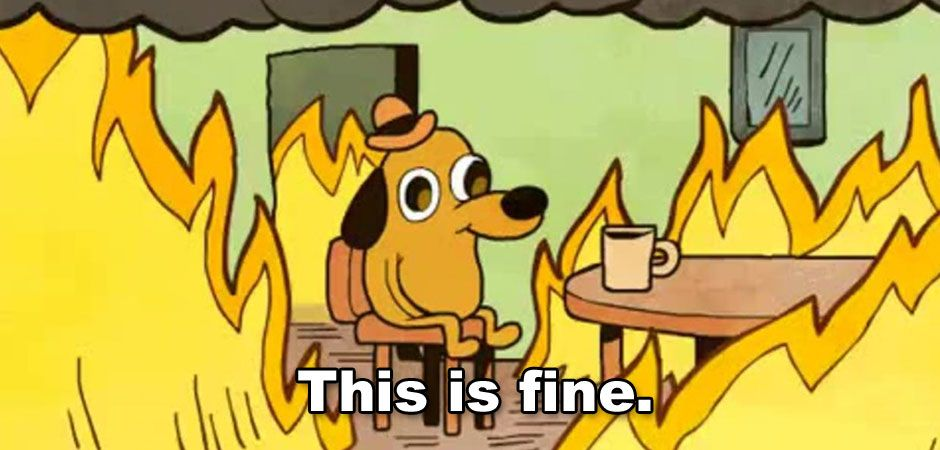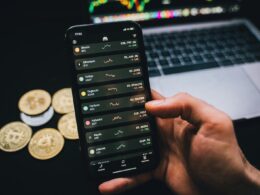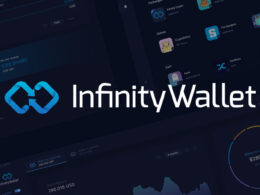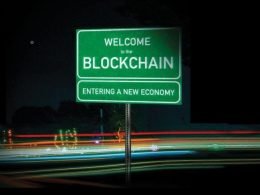This post was adapted from a thread originally posted by @Flantoshi on Twitter
Over in Cardanoland, there’s been a debate raging. On the one hand, some say that a portion of the fees from every transaction should be “burned,” as in permanently removed from the network. And, on the other side, some people liken this to theft and are vehemently against such a policy.
There are good arguments on both sides, and today we will be exploring whether or not it makes sense to burn tokens.
Why Burn Tokens at all?
Given that most projects have a fixed maximum supply of coins that will ever be available, token burning is deflationary.
The argument goes that token burning is good for current holders as it reduces the overall supply of the asset in circulation, which assuming everything else remains equal, pushes the price up due to the law of supply and demand.
This makes some superficial sense, as any Economics 101 class might tell you — if the demand remains the same, while you reduce the supply, then the price has nowhere to go but up.
This sounds excellent, as you obviously want current holders to be satisfied, and even increase their holdings. But, unfortunately, there is a good reason why traditional fiat economies enact policies to have some level of inflation (between 2%-4% per year).
Imagine we’re in a severe and prolonged deflationary environment and you want to buy a $1000 television. If you know it’s gonna be $900 tomorrow, does it not make sense to wait?
In other words, deflation actively disincentivises economic activity from happening, and this is especially bad for crypto projects!
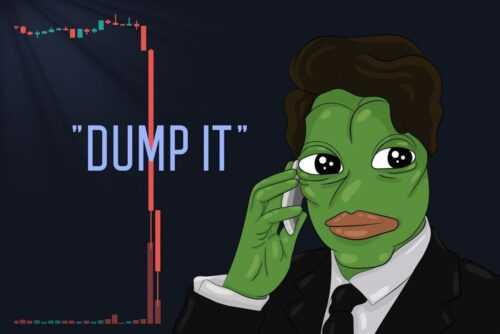
Why Token Burning is especially bad for crypto
I could go to Github today, take open source code worth billions of dollars in developer man-hours, and spin up my own Cardano, Bitcoin, or Ethereum blockchain within a day at virtually no cost.
Indeed, this has happened many times already; and it occurs daily on a smaller scale with projects like Decentralized Exchanges (DEXes) — Uniswap was the pioneer, then came Sushiswap whose only real contribution was changing the fee percentages, and then came a veritable buffet of food-based DEXes, all virtually identical to each other in terms of code.
Despite having billions of dollars in man-hours poured in, given that most of the crypto industry is open source, it’s mostly worthless as an investment, save for one thing: the community on it.
The one thing that I cannot replicate if I copy-paste the code, are the millions of people actively using it and developing on it. This isn’t even just a money issue either — I used to work at a startup that spent a fortune on marketing and never managed to get an organic community.
And until you have that organic community that is willing to run nodes of your decentralized infrastructure, and consumers willing to use it, any price you have on your tokens is purely speculative.
Blockchains primarily derive a monetary value from the number of people using the network, or how much people think users will use the network in the future.
If people are actively disincentivised from using a network by deflationary pressures, hype eventually dies as nothing happens on the blockchain.
At some point, users go somewhere else which offers something useful or fun, and developers want to build where there are people. The blockchain then becomes a ghost town, and your precious project would be nothing but a repository on Github.

Bad money drives out the good
Imagine there are two blockchains with their native coins, they’re identical in every respect except one burns tokens and the other one doesn’t. If all else remains equal, by definition, the transaction fees must be higher on the blockchain that burns tokens.
Now, imagine you have two equal amounts of each of the coins. Which ones are you likelier to use first?
Well, of course, the one where it costs you less to transact. Everyone else will think the same, and the transaction volume of the burn-free blockchain will increase.
Consequently, which network are developers likelier to build on? The used one! They’re not running a charity, they want to make money so they’ll go where they can extract the most profit.
So, even if deflationary policies and token burning get projects like Ethereum the title of “super sound money,” it doesn’t matter if in the long term those same policies kill (or vastly limit) the potential influence it might’ve had.
This is hardly a new observation either. There is nothing new under the Sun, even if we are talking about something as novel as blockchain technology, there are often signs of what is to come centuries before it happens.
The observation that “bad money drives out the good” is Gresham’s Law. In the sixteenth century, the English financier Sir Thomas Gresham noticed that people did not treat all coins in the same way, even if they had identical face value.
Think of it this way, if you have a gold coin and a copper coin of equal face value, it makes sense that you’ll use the copper one first, as you expect gold to appreciate more.
In other words, by you and everyone else preferring to transact in copper coins, you kill the volume of gold coins being traded.
Gold will be fine if you don’t use it, as it’s been a store of value for millennia. On the other hand, crypto that doesn’t get traded, and people hoard like a dragon in its den, might possibly retain some value (if it’s lucky), but its potential for appreciation is limited.
Worse still, if the price doesn’t keep rising proportional to the cost of maintaining the network, it might simply not be worth keeping it alive, and slowly but surely the pool of network participants shrinks. If it steadily continues to shrink, well, its days might be numbered.
Cryptocurrencies are not an asset in the traditional sense, they’re a piece of a vast and complex network that’s alive. Disencentivising its use through artificial friction, and encouraging hoarding, makes about as much sense as living tissue hoarding cells — when that happens, we call it cancer, and it can be deadly.
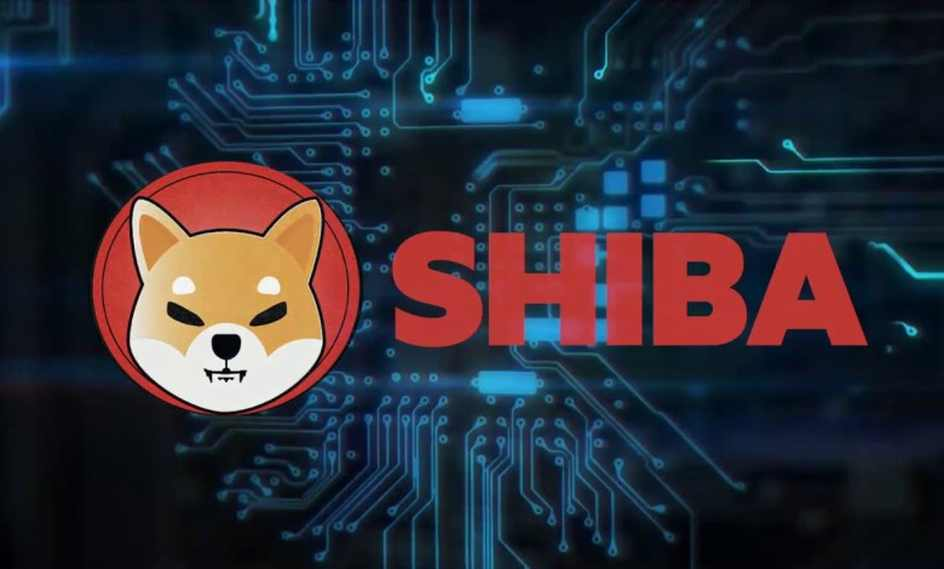
Where Token Burning Makes sense
To the credit of the pyromaniacs who are in favour of token burning, there are situations where it makes sense.
There have been moments where a one-off token bonfire is what made the difference between a project succeeding and failing. For instance, the shitcoin Shiba Inu gifted Vitalik, the founder of Ethereum, half of their available supply as a marketing gimmick.
Out of pure luck, Vitalik was unable to access his wallet at the time to get rid of them, and people began thinking the tokens were worth having because they were supposedly endorsed by Ethereum’s founder. Long story short, a few days later when he gained access to his wallet (and the price had increased substantially), he donated 20% of the holdings to charity and the other 80% of the tokens he burned to prevent the market from crashing while the charities were liquidating their donations.
This whole saga was a fantastic way to attract attention to the project and enhanced the positive momentum it already had by orders of magnitude. Shiba Inu, as a copy of a meme coin that has outlived its stay, would’ve never been able to reach the heights that it has without that Token Burn.
In other words, it is possible to use one-off coin burns as a strong marketing push, but people have to care about your project already for it to generate any buzz.
Otherwise, if I told you that in a cave somewhere in the wilderness, I burned some Monopoly money that nobody uses, would you give a shit?
Be that as it may, there are industries where burning the available supply makes sense. The diamond industry, for instance, artificially keeps the number of diamonds in circulation low, to make people think they’re worth several times their wages — they’re not, they’re just carefully controlled.
Besides that, other fixed assets that compete against each other but don’t derive value from network effects are good candidates for burning.
For example, if you burned real estate, assuming that it’s not close enough to drive your property value down, the reduction in supply would help increase the value of your property; as regardless of whether there are fewer houses available, people still need to live somewhere.
Conclusion
Token Burning is a method that protocol owners use to drive up the price of their tokens at the cost of long term usability. Over time this embedded transaction friction slows down potential adoption and even development.
While it seems like a good idea, over time, deflationary policies will have the exact opposite effect than intended.
As for whether token burning will ever be meaningfully implemented on ADA, Charles Hoskinson, founder of Cardano, is vehemently against it and likens it to theft. In other words, until the community gains complete control over Cardano as a protocol, and radically changes in its underlying philosophical stance, it’s unlikely to have token burning any time soon.
If you’re in the crypto or in the traditional finance industry looking for someone to ghostwrite content for you, please do not hesitate to message me. I’m a full-time ghostwriter.
Join the community over at @flantoshi on Twitter.
And if you would like to support this project and help me pay rent, I’ll pass on the tip hat and you can send ADA to:
addr1qxfgs44d763uuw4hy6qatx383v9mmrrm6qazay6eren9sp5r2usruecwv33lp2t2nqp4ss6hrc9ac8yd2klxnsfnxz2qw3su4s






